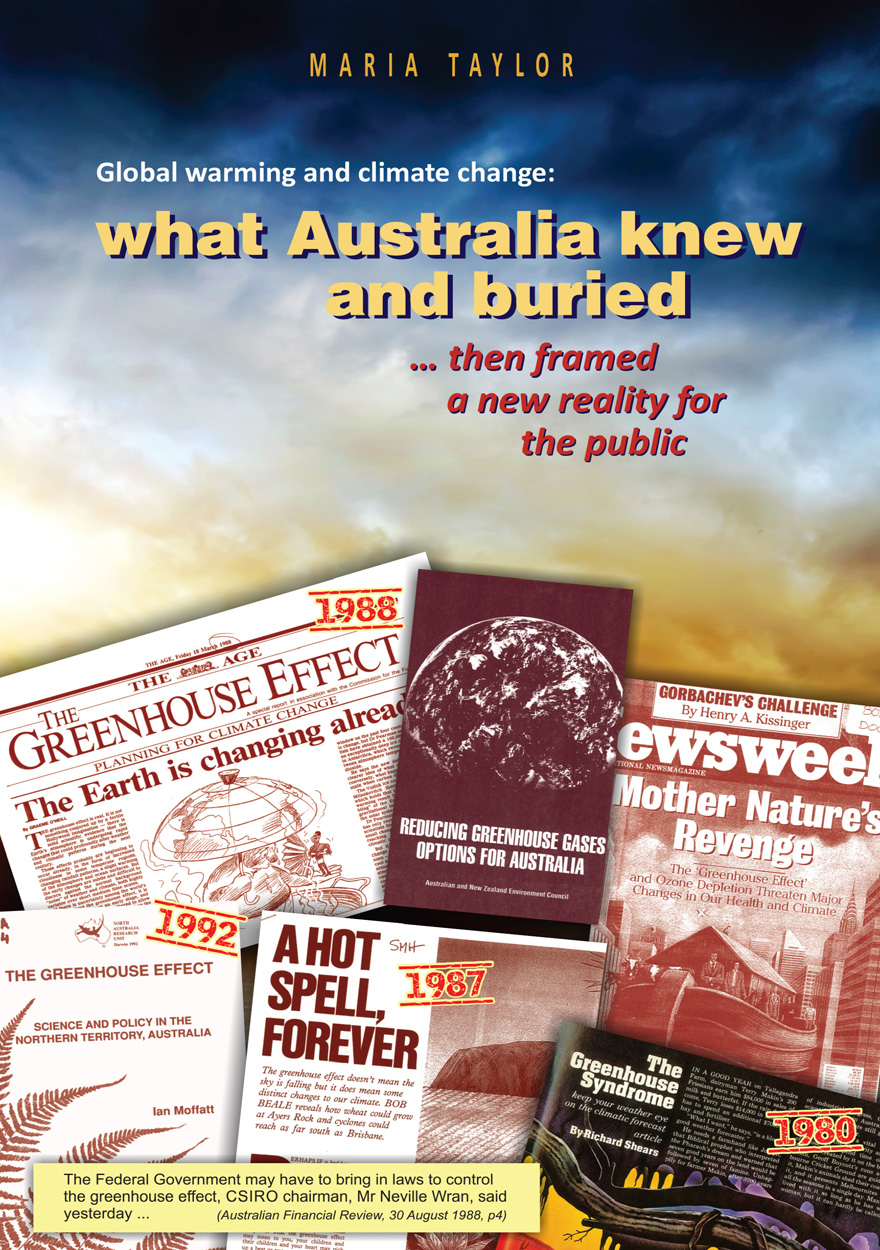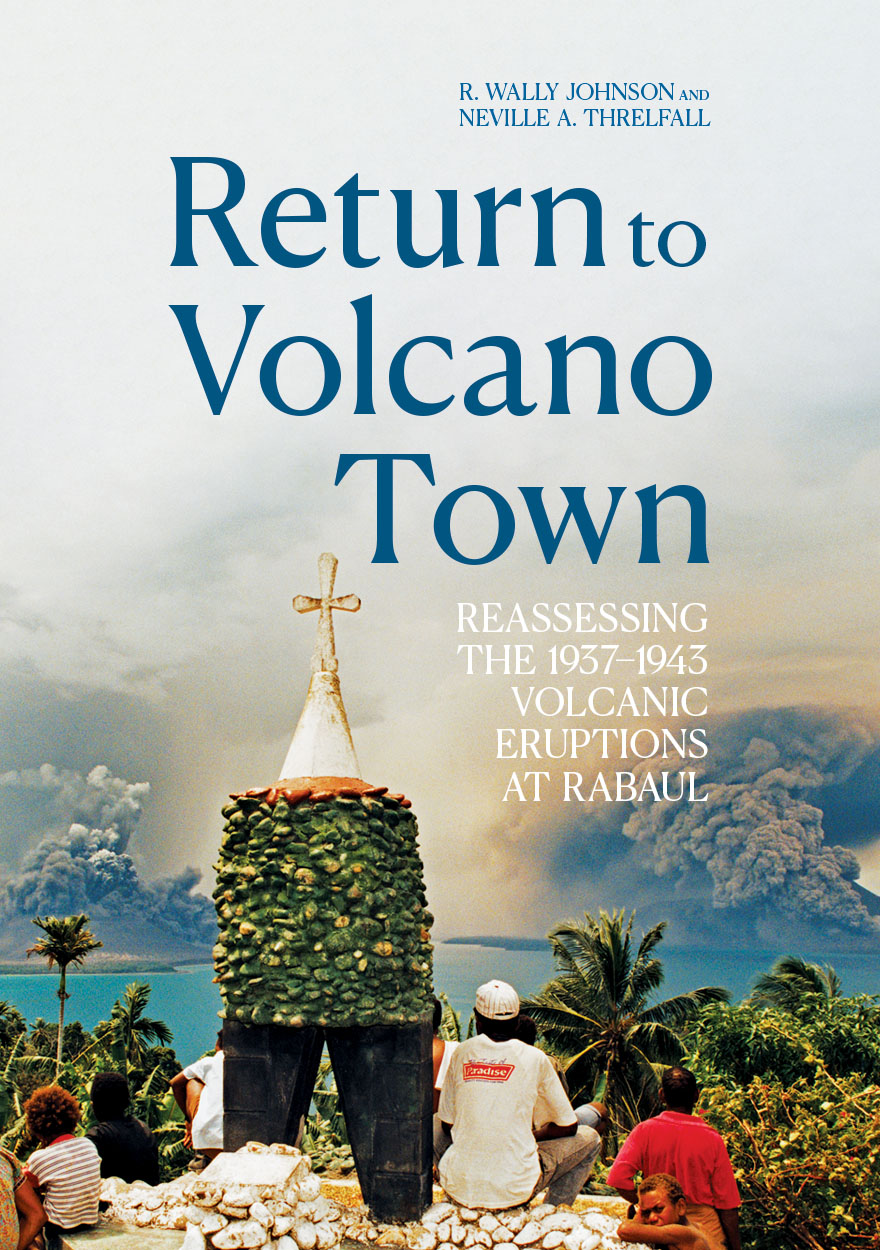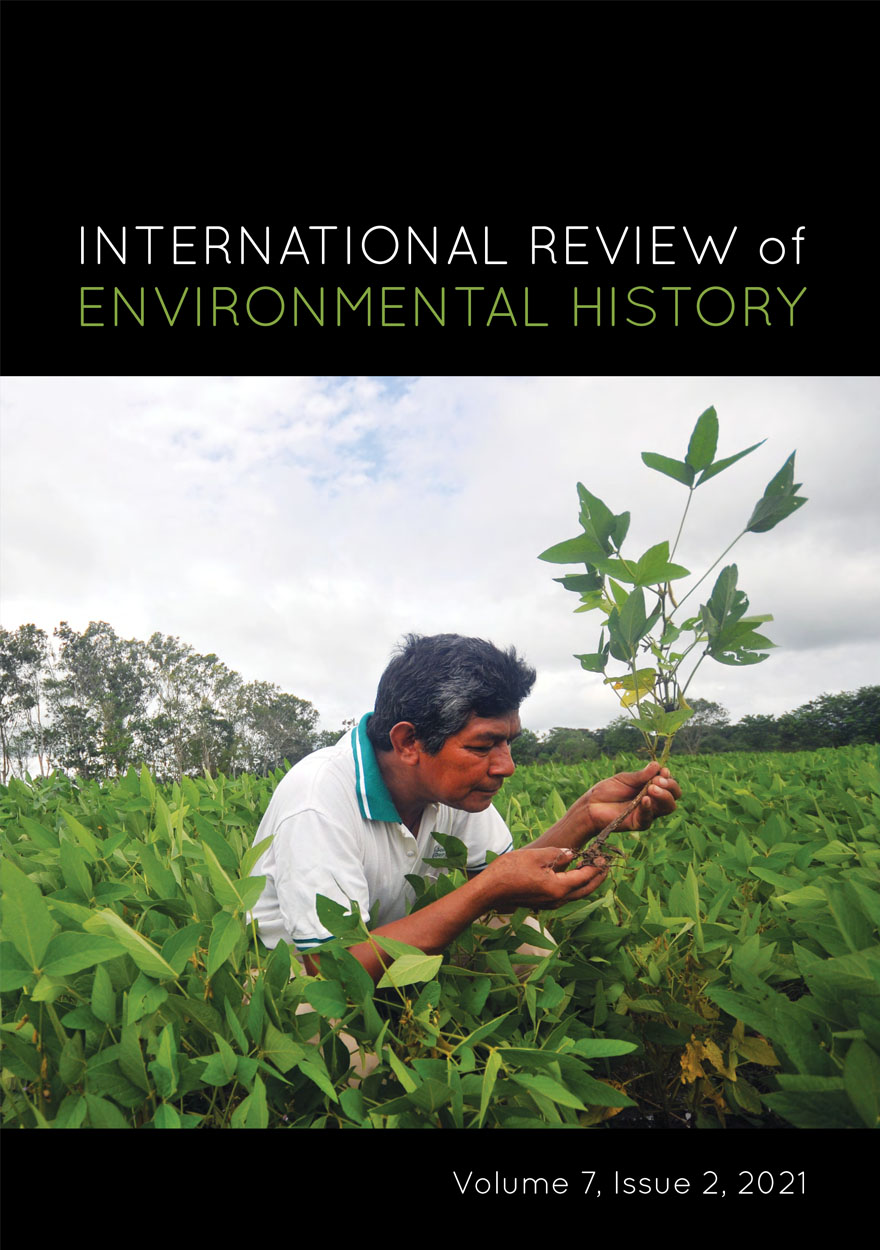
Global Warming and Climate Change
What Australia knew and buried...then framed a new reality for the public
Authored by: Maria TaylorPlease read Conditions of use before downloading the formats.
Description
1988: coming to grips with a terrifying global experiment
The Toronto conference statement made it clear that climate change would affect everyone. It called greenhouse gas atmospheric pollution an ‘uncontrolled, globally pervasive experiment whose ultimate consequences could be second only to nuclear war’. World governments were urged to swiftly develop emission reduction targets (The changing atmosphere: implications for global security, 1988).
Relevant to both Australian and overseas audiences, here is the untold story of how Australia buried its knowledge on climate change science and response options during the 1990s — going from clarity to confusion and doubt after arguably leading the world in citizen understanding and a political will to act in the late 1980s. ‘What happened and why’ is a fascinating exploration drawing on the public record of how a society revised its good understanding on a critical issue affecting every citizen. It happened through political and media communication, regardless of international scientific assessments that have remained consistent in ascribing causes and risks since 1990. How could this happen? The author examines the major influences, with lessons for the present, on how the story was reframed. Key have been values and beliefs, including economic beliefs, that trumped the science, the ability of changing political leaders and the mass media to set the story for the public, as well as the role of scientists’ own communication over time and the use and misuse of uncertainty.
For more information on this publication, plus book reviews, please see Maria Taylor’s author website.
Details
- ISBN (print):
- 9781925021905
- ISBN (online):
- 9781925021912
- Publication date:
- Dec 2014
- Imprint:
- ANU Press
- DOI:
- http://doi.org/10.22459/GWCC.12.2014
- Disciplines:
- Science: Earth & Marine Sciences, Environmental Sciences
- Countries:
- Australia
PDF Chapters
Global Warming and Climate Change »
Please read Conditions of use before downloading the formats.
- Preliminary pages (PDF, 170KB)
- Acknowledgements (PDF, 55KB)
- The legacy (PDF, 63KB)
- Foreword: the hidden history of Australia’s early response to climate change (PDF, 99KB)
- History is what we make it (PDF, 102KB)
- Loading the dice: humans as planetary force (PDF, 156KB)
- Framing information to influence what we hear (PDF, 116KB)
- What Australians knew 25 years ago (PDF, 435KB)
- Australians persuaded to doubt what they knew (PDF, 172KB)
- Influences on a changed story and the new normal 1990s: values and beliefs (PDF, 172KB)
- Influences on a changed story and the new normal: media locks in the new narrative (PDF, 199KB)
- Influences on a changed story and the new normal: scientists’ beliefs and public scepticism (PDF, 569KB)
- In search of certainty and applying uncertainty (PDF, 154KB)
- Dicing with the climate: how many more throws? (PDF, 122KB)
Reviews
'Maria Taylor's engrossing dissertation declutters the history and clarifies the forces which have shaped both public opinion and government policy over the past fifty-odd years. She looks at everything from the bias of different scientific disciplines to the dominance of economic rationalism, to Judeo-Chrisitian attitudes to the natural world, as well as providing a detailed record of who was advising which politician when, traversing the cliffs and ravines of a global challenge from a uniquely Australian perspective. There is no better book for a comprehensive, easily digested overview of Australia's response so far to what will no doubt prove to be our greatest challenge in the decades ahead.'
— Ruth Hessey, Radio 89.7 Sydney
Graham Readfearn, writing for The Guardian reviews What Australia knew and buried … then framed a new reality for the public, by Maria Taylor. Readfearn writes:
‘… a new book investigates how the industries that stood to lose the most worked to undermine the science and entirely reshape the story being told to the public. The book shows how the momentum for action began to stall after Paul Keating successfully challenged Hawke for the Labor leadership and the top job in late 1991. For me, Taylor’s book shows how Australia could have acted on climate change a quarter of a century ago, but how corporate interests and economic ideologies not only stopped the clock on action, but wound it back.'
Read the full review on the Guardian website
'For anyone concerned to bring about positive changes for the environment, and society (isn’t that all of us?), then Global Warming and Climate Change: What Australia Knew and Buried is a ‘must-read’. Why? Because it provides critical insights into how change (whether regarding climate change, what we eat, or approaches to education) can be facilitated or how it can be undermined.'
Ian Thomas, Australian Journal of Environmental Education, 27 February 2017
Read the full review on the Cambridge University Press website
Other publications that may interest you













